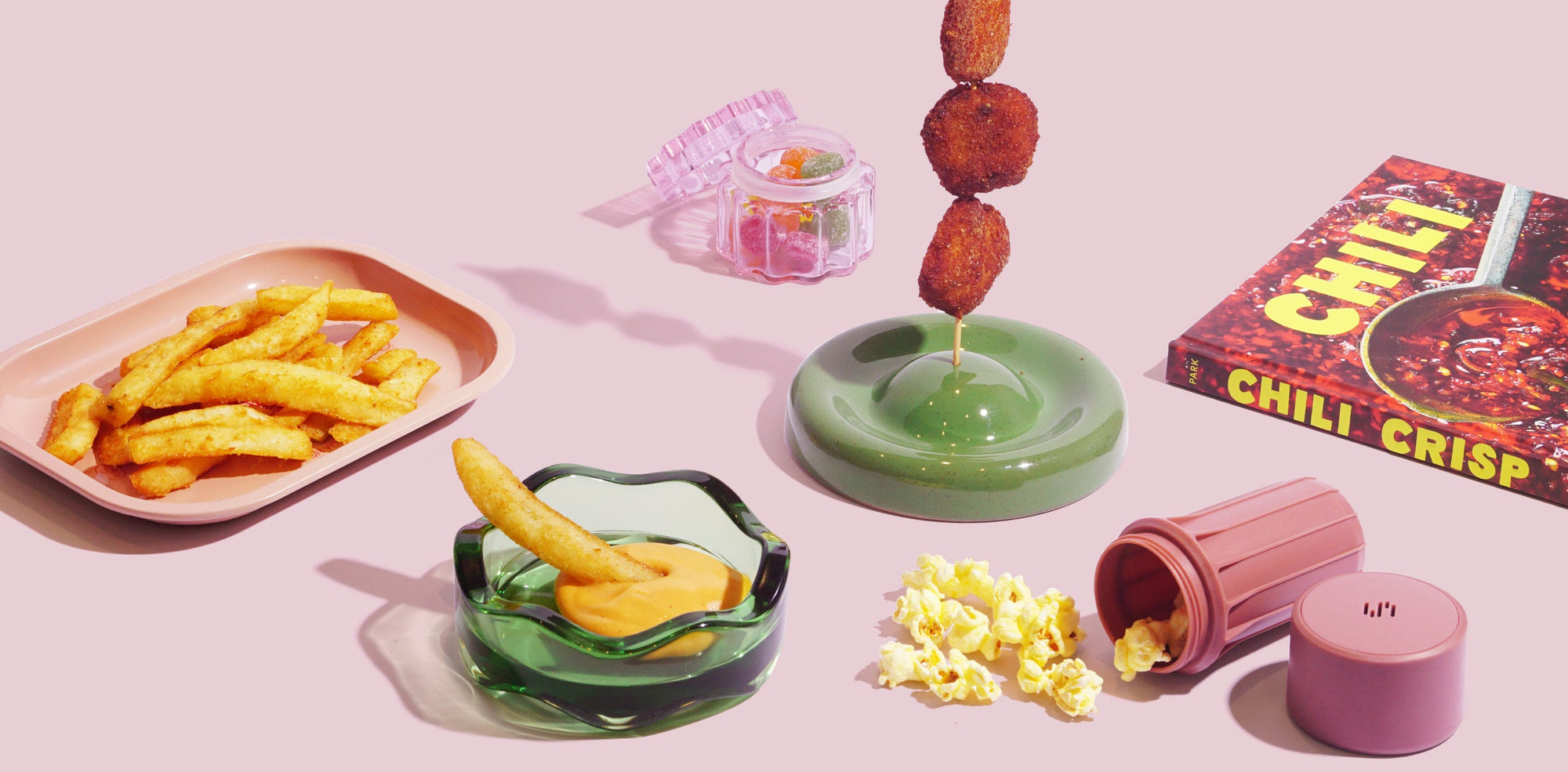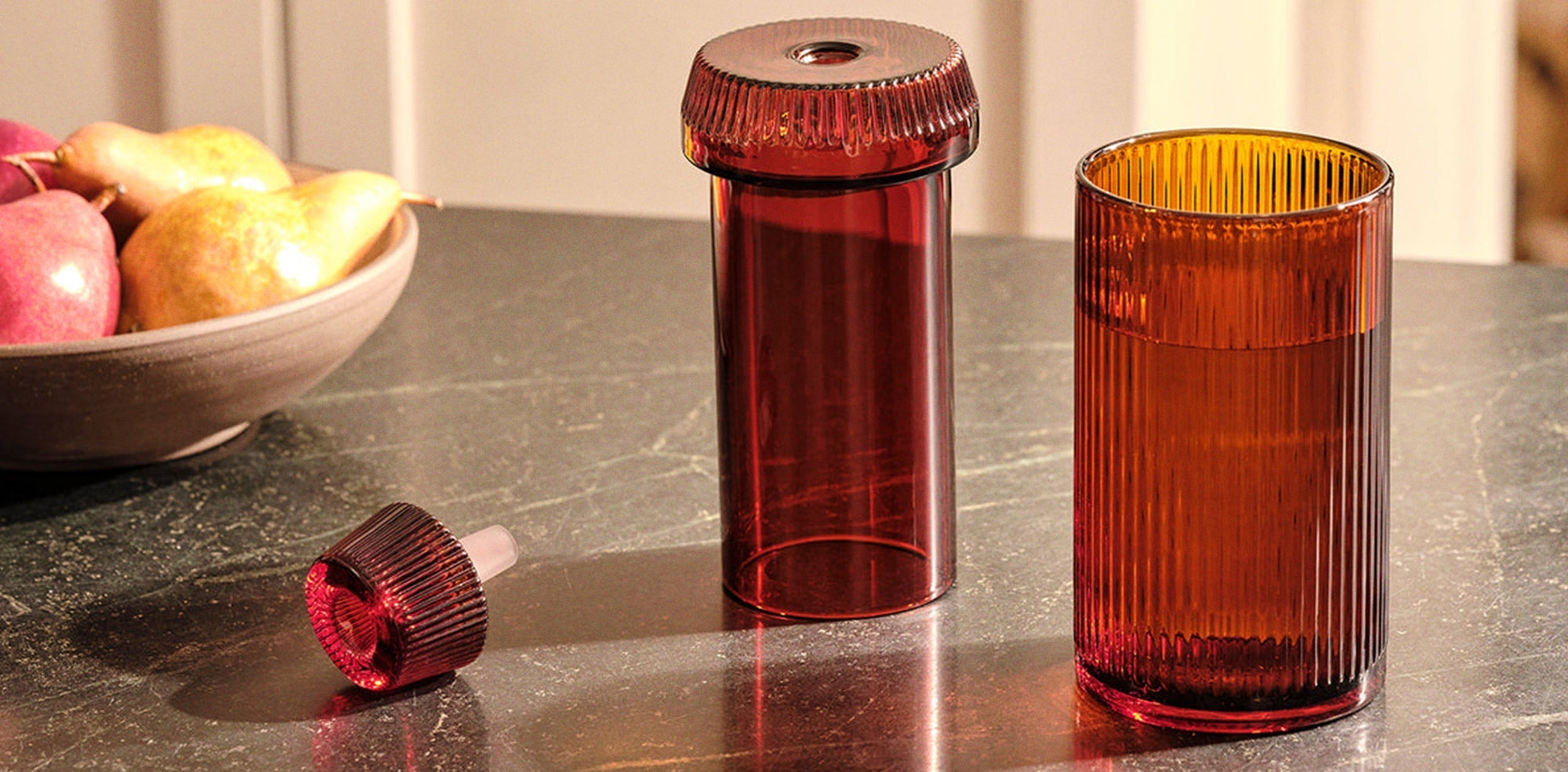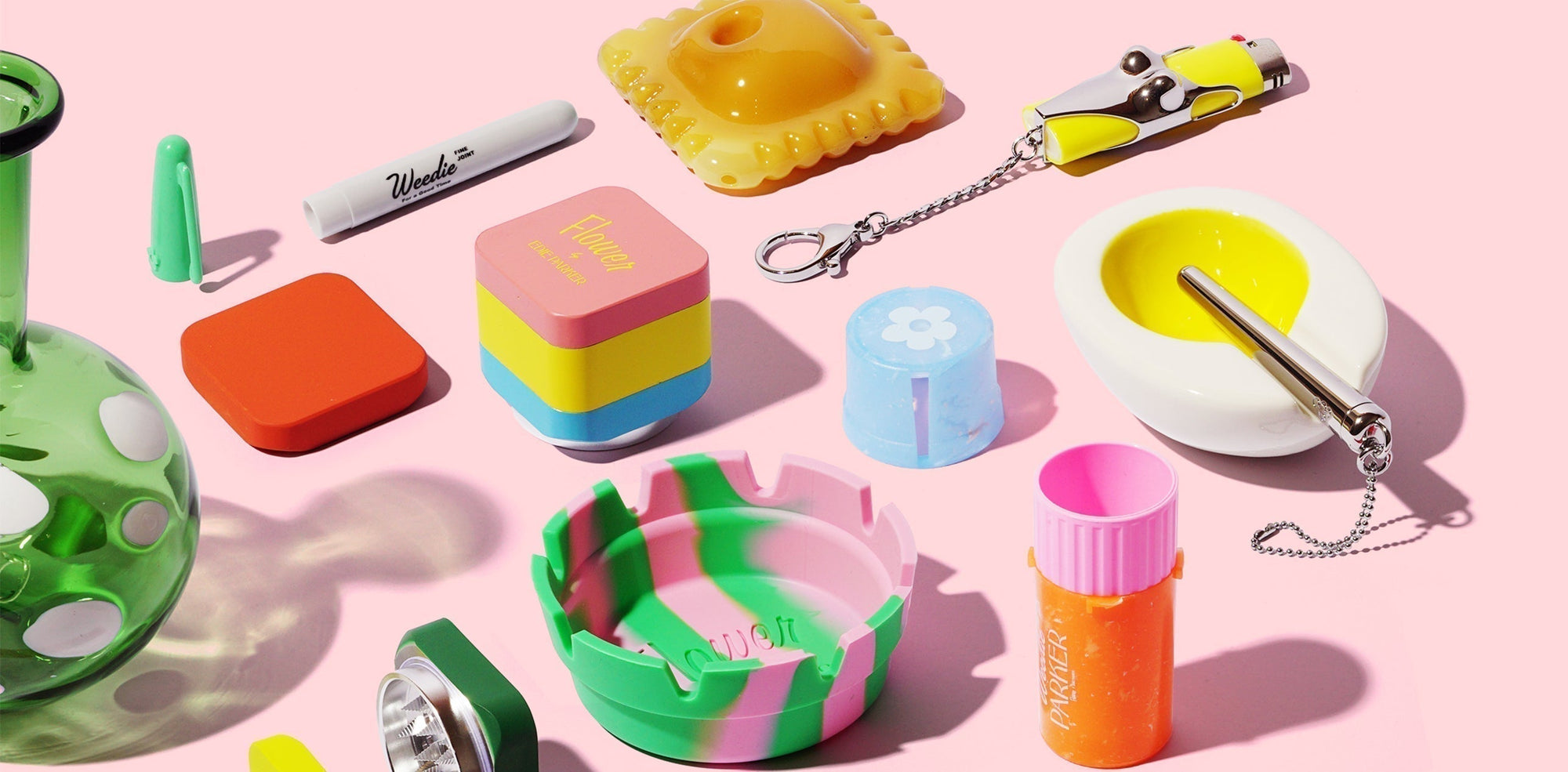If you’ve ever found yourself elbow-deep in a bag of chips, or suddenly craving three different types of toasties after consuming cannabis, you're not alone. And no, you're not just being dramatic. The munchies are very real, and science can prove it.
At the heart of this phenomenon is THC, the primary psychoactive compound in cannabis. THC interacts with your body’s endocannabinoid system, a complex network that helps regulate mood, sleep, memory, and yes, appetite.
More specifically, THC activates what’s known as the CB1 receptor. This receptor lives in parts of your brain and body that control hunger, including the hypothalamus (often dubbed the brain’s “food-craving command center”), the digestive tract, and reward systems that govern taste and smell.
When THC binds to these CB1 receptors, it essentially flips a series of hunger switches. Even if you’ve just eaten, your brain might start sending out powerful signals that say, “More snacks, please.” This is partly because THC makes food smell and taste better by amplifying your brain’s response to flavours and aromas, convincing your body that you’re hungrier than you really are.
THC also increases ghrelin, the hormone that tells you it’s time to eat, and reduces levels of PYY, the hormone that usually helps you feel full. In short: your hunger cues get louder, and your satiety signals get quieter. Cannabis doesn’t just encourage you to eat. It temporarily rewires your brain to prioritise it. No wonder the cravings hit so hard.
Recent animal studies have gone even deeper, showing that cannabis activates specific neurons in the hypothalamus that ramp up meal frequency and food-seeking behaviour. It’s not just a fleeting craving – it’s a full-brain operation.
Interestingly, this effect is so strong that scientists are exploring ways THC and similar cannabinoids might be used to help people with appetite loss, particularly in cases of chronic illness, cancer treatment, or disordered eating. The same science that brings you a sudden craving for chocolate peanut butter toast could also be harnessed to support people who genuinely struggle to eat enough.
But it’s not just biology at play. Sometimes, what we crave after using cannabis—especially sugar, carbs, or salty snacks, is about more than just hunger. It’s emotional. Cannabis can lower inhibitions, which means we’re more likely to listen to our cravings without overthinking them. That bar of chocolate you’ve been resisting all week? Suddenly it sounds perfectly reasonable. Pair that with THC’s ability to boost dopamine (your brain’s reward chemical), and you’ve got a recipe for emotional eating that feels incredibly satisfying in the moment.
So next time you're reaching for a second (or third) helping, know that there's a perfectly sound scientific reason behind it. The munchies might feel indulgent, but they're also an impressive example of how deeply cannabis can connect with our bodies.


